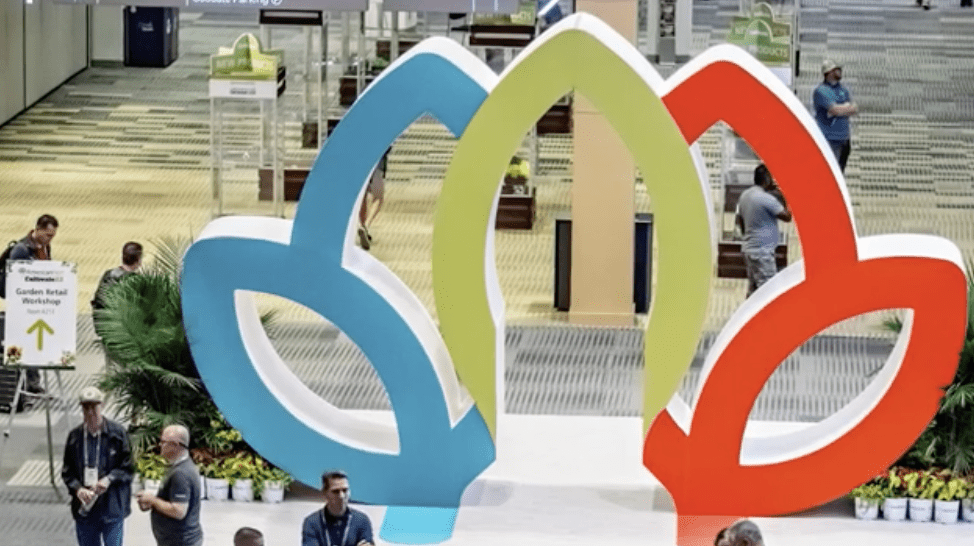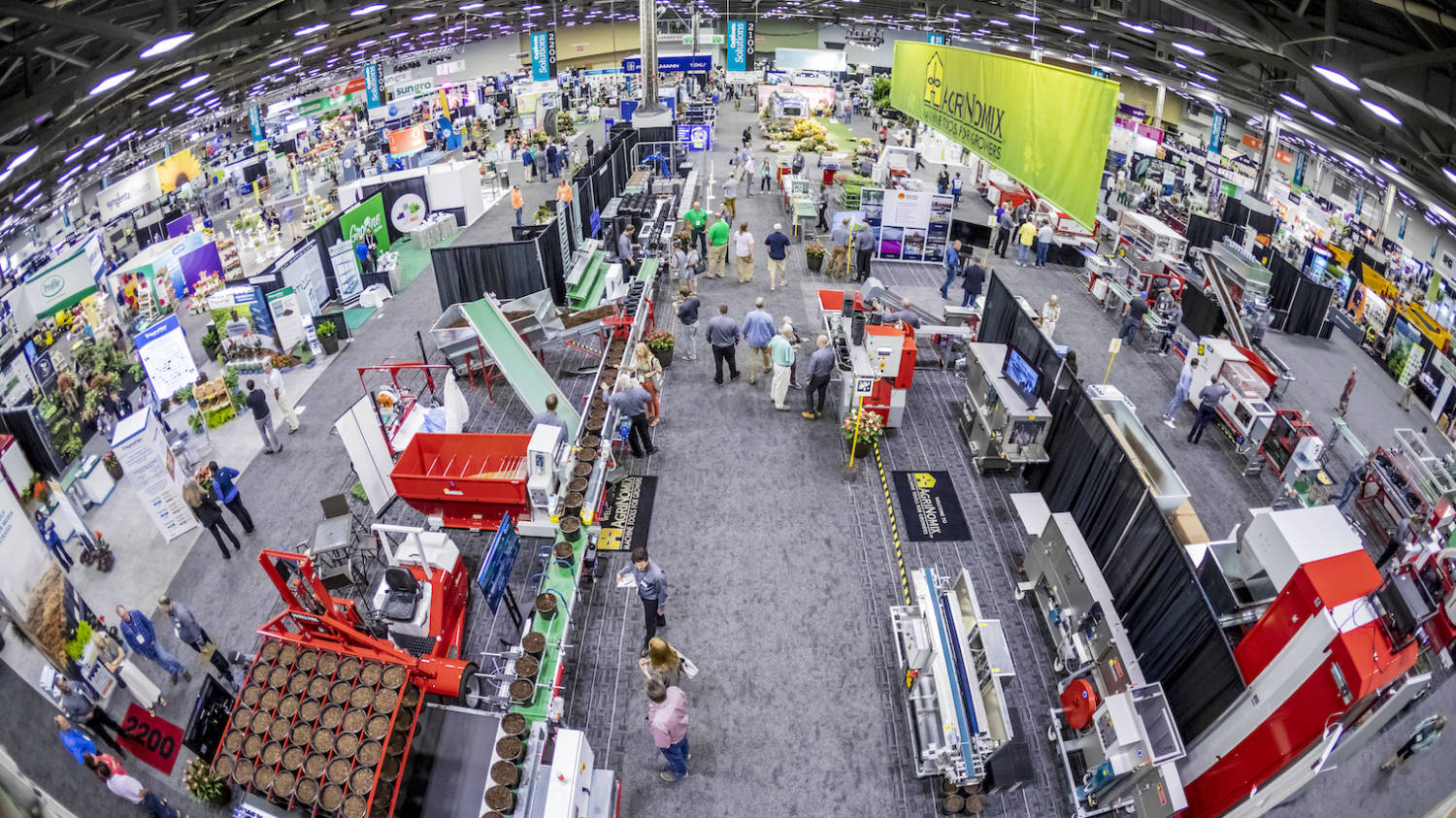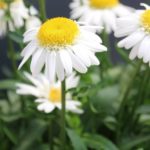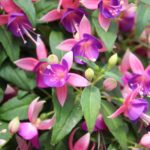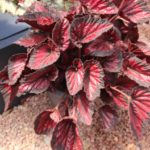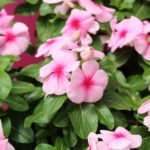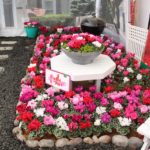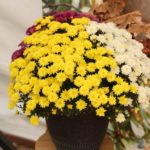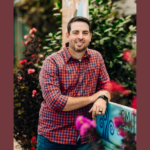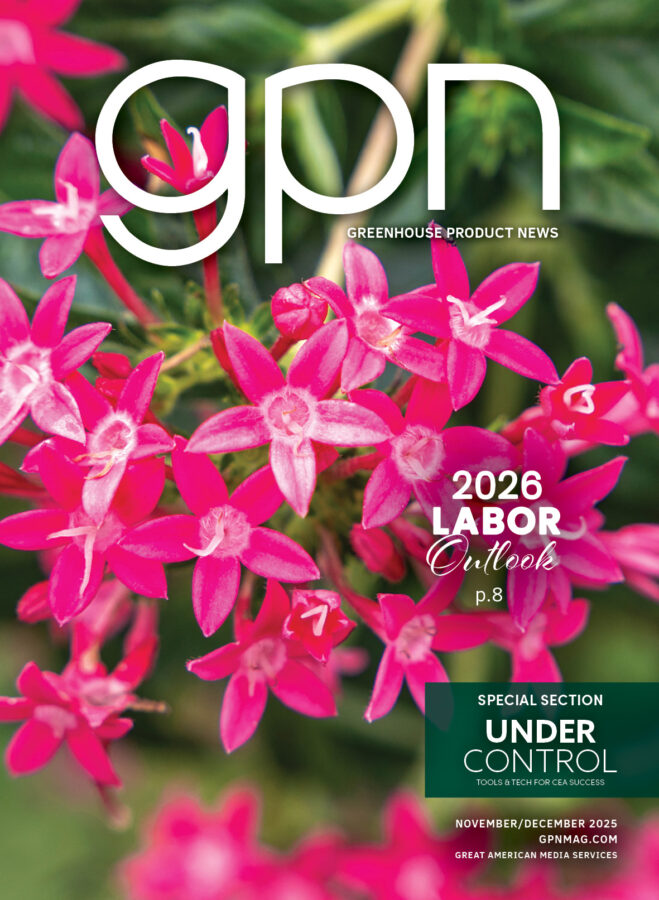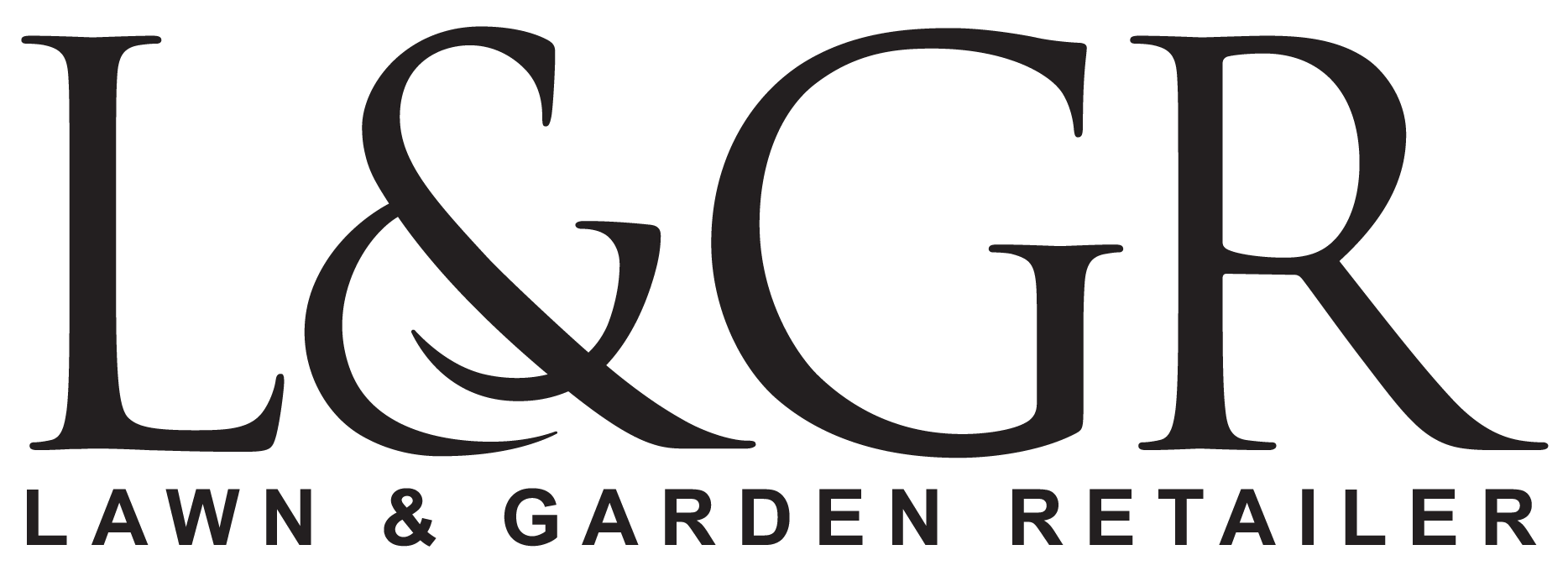
Technically Speaking: Light terminology from a plant perspective
The science and engineering of plant lighting continues to advance, as does the terminology to describe light. Light has several dimensions including duration (photoperiod), intensity (quantity), and color (quality or spectrum). These properties arise from light’s dual nature, existing both as particles (photons) and waves (wavelengths).
Adding to the complexity, the way light is perceived by humans and plants can differ, and this distinction is reflected in the terminology used. In this article, I describe and discuss light terminology from a plant’s perspective.
PHOTOPERIOD
Also called daylength, photoperiod refers to the duration of light in a 24-hour period. Flowering of many crops, especially annual bedding plants and herbaceous perennials, is regulated by light and dark cycles. Technically speaking, it’s the duration of the night length (termed skotoperiod) that regulates flowering. That’s why lighting during the middle of the night (night-interruption lighting) is effective at creating a long day. In greenhouses, the photoperiod begins when plants first perceive light, which is typically 15 to 20 minutes before sunrise, and ends about 15 to 20 minutes after sunset.
PHOTOSYNTHETICALLY ACTIVE RADIATION (PAR)
By definition, this is the waveband of light from 400 to 700 nanometers (nm). Light in this waveband has photons (particles of light) with energy that can power the photosynthetic reaction. Photons with more energy (shorter wavelengths) can over-excite photosynthetic reactions, while those with less energy (longer wavelengths) don’t have enough energy to stimulate photosynthesis.
EXTENDED PAR (ePAR)
This term refers to the light waveband from 400 to 750 nm. Extended PAR includes the biologically active waveband of far-red light, 700 to 750 nm. When combined with light in the PAR range, far-red light can increase growth directly and indirectly. However, far-red light by itself is less effective at powering photosynthesis than PAR photons; the growth promotion from far-red light usually requires simultaneous delivery of blue, green, and/or red light.
SPECIFIC LIGHT WAVEBANDS
Listed in order of short wavelengths to longer ones, the wavebands of light for plant applications are:
- UV-B: 280 to 314 nm
- UV-A: 315 to 399 nm
- Blue: 400 to 499 nm
- Green: 500 to 599 nm
- Red: 600 to 699 nm
- Far-red: 700 to 750 nm
Far-red light is sometimes defined as 700 to 799 nm, but photons beyond about 750 nm have little biological activity.
FAR-RED LIGHT FRACTION
The relative proportion of red light and far-red light influences extension growth, including petiole length, leaf length, and stem extension, and in some cases, flowering. Traditionally, the red to far-red light ratio (R:FR) was used to describe light, but values become unwieldy (ranging from zero to infinity) when there is little to no red or far-red light. The far-red fraction of light refers to the percentage of far-red light relative to red plus far-red light. The value varies from 0 (pure red light) to 1 (pure far-red light) and is a more meaningful way to express the relative intensities of red and far-red light.
PHOTOSYNTHETIC PHOTON FLUX (PPF)
Although a bit of a misnomer, a “photosynthetic photon” refers to photons with a wavelength in the PAR range. Flux refers to the process of flowing. Therefore, the PPF refers to the quantity of photons from 400 to 700 nm emitted by a light fixture. This is best measured in an integrating sphere and is usually only measured by lighting companies or lighting labs. It cannot be measured by a light sensor alone.
TOTAL PHOTON FLUX (TPF)
This term refers to the PPF plus photons that have biological activity, usually including far-red light and sometimes also UV-A. Occasionally, lighting companies report the TPF when a luminaire emits far-red light so that those photons are “counted” when reporting its output.
PPF DENSITY (PPFD)
This refers to the quantity of photons within the PAR waveband received per square meter and second. In other words, it’s the PPF delivered per square meter, and has a unit of µmol·m⁻²·s⁻¹. The PPFD, or light intensity, is easily measured with a quantum sensor, also known as a PAR sensor.
TPF DENSITY (TPFD)
This refers to the TPF delivered per square meter and second (µmol·m⁻²·s⁻¹). It includes the PPFD as well as far-red photons and can be measured by an ePAR sensor.
DAILY LIGHT INTEGRAL (DLI)
Knowing the light intensity on an instantaneous basis (PPFD) is sometimes useful, but over time, the average DLI is a more meaningful metric for plant growth. The DLI refers to the quantity of light accumulated per square meter per day (mol·m⁻²·d⁻¹). Since this term integrates light received during a 24-hour period, it cannot be measured at a point in time. Instead, the DLI is determined by using a PAR sensor that measures light intensity frequently (such as every minute) for a day. Those values are then averaged and multiplied by the number of seconds in a day.
EXTENDED DLI (eDLI)
While not commonly used, the eDLI refers to the TPFD received per square meter and day and has a unit of mol·m⁻²·d⁻¹. It’s the same as DLI except it also includes the number of far-red photons received.
LUMINAIRE (LIGHT FIXTURE) EFFICACY
This term refers to the number of photons in the PAR waveband (PPF) emitted by a luminaire divided by the energy consumed (in watts). Since the unit for PPF is µmol·s⁻¹ and the unit for watts is J·s⁻¹, the seconds cancel out and the unit for efficacy can be µmol·J⁻¹.
Considering the fundamental importance of light for plant growth and crop quality, it’s important to understand these plant lighting terms. Light terminology for people, such as footcandles, lux, lumens, luminous flux, etc., are biased toward the human eye and therefore are not appropriate for plant applications.
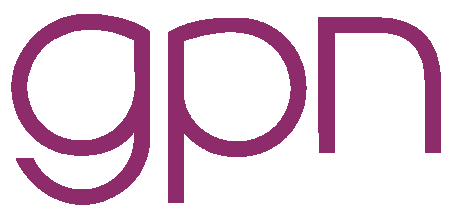








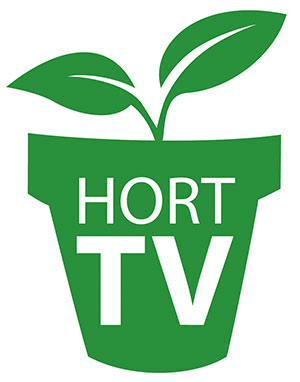 Video Library
Video Library 